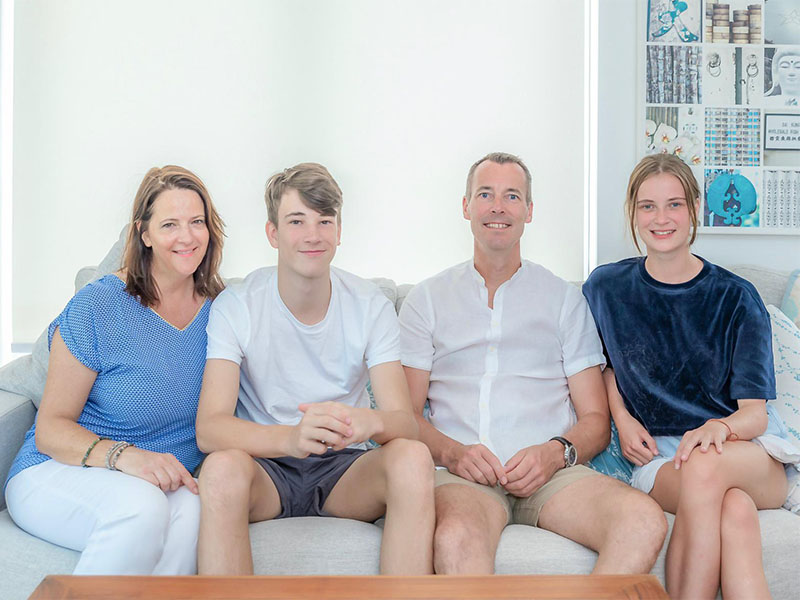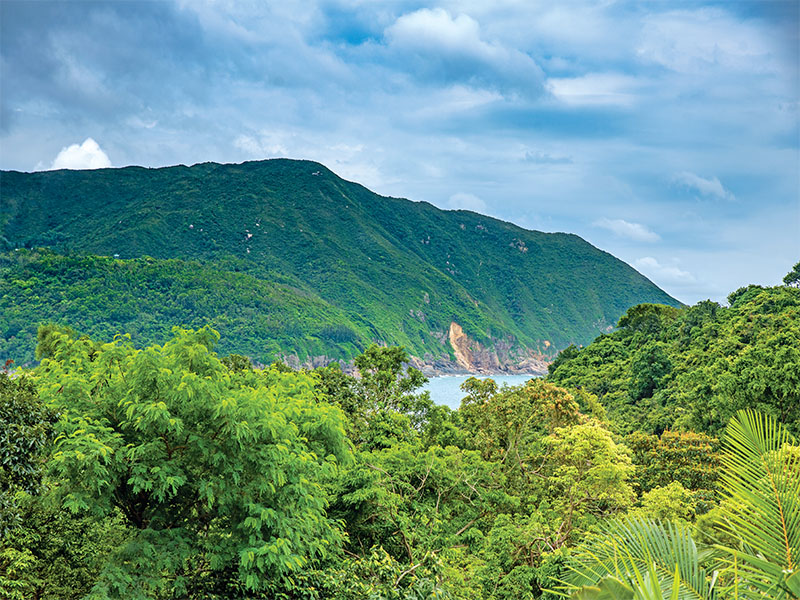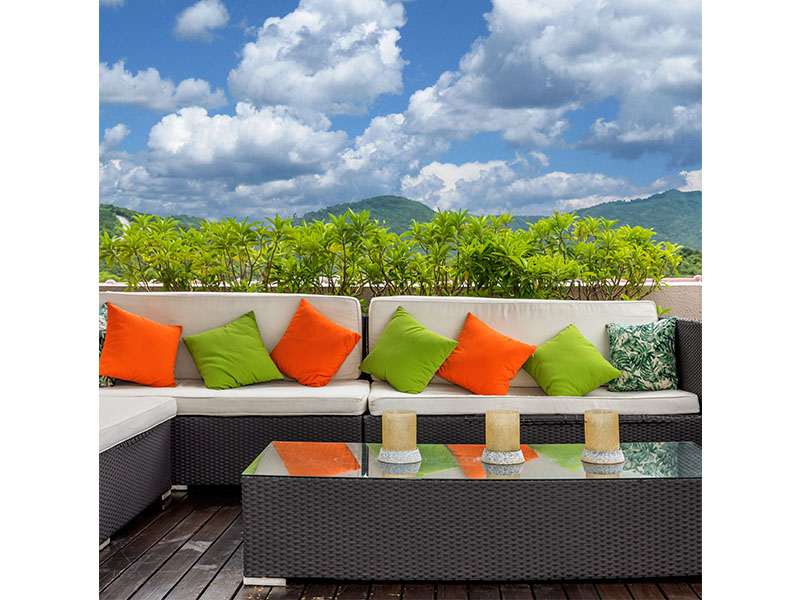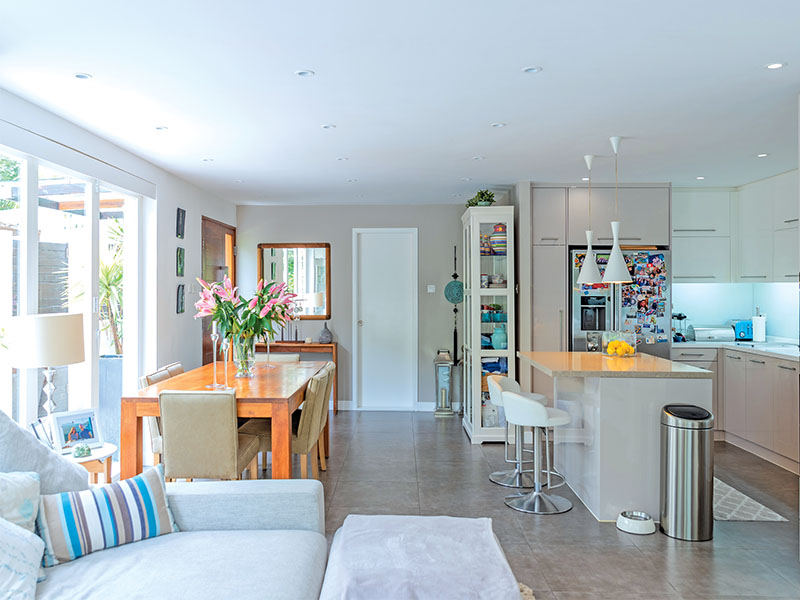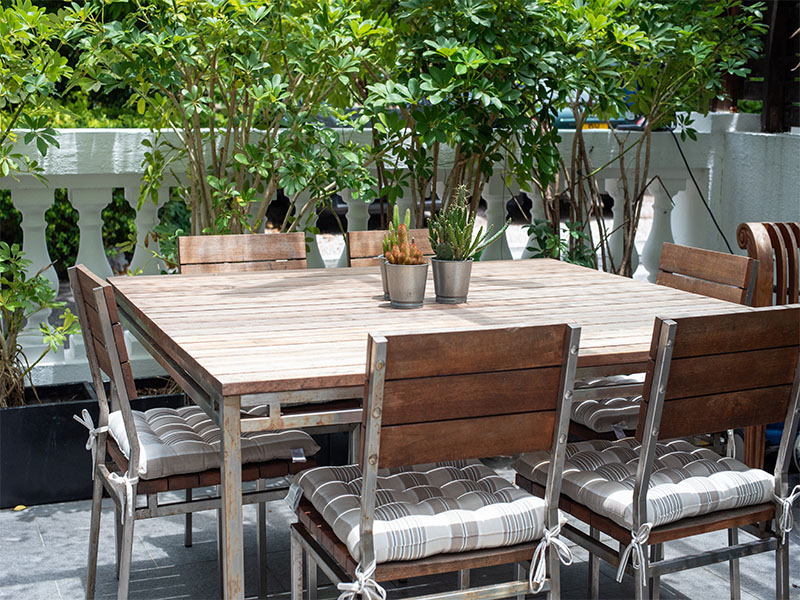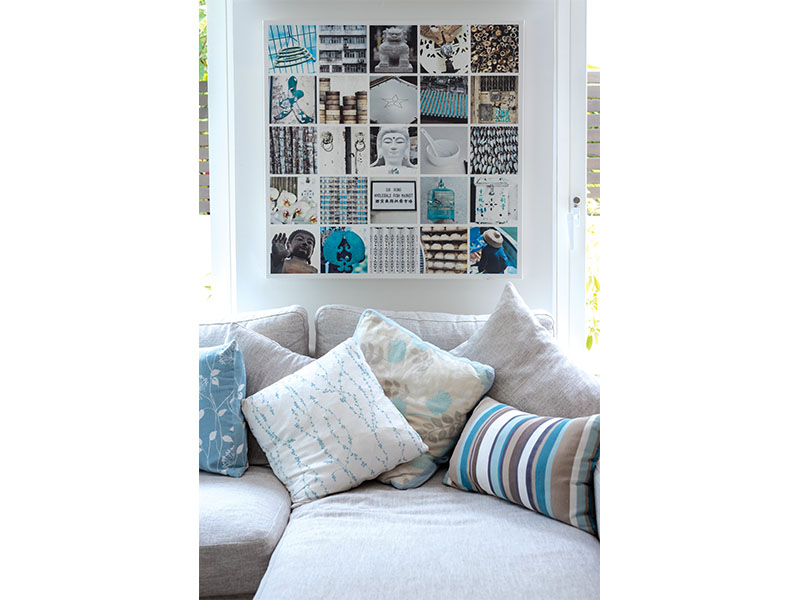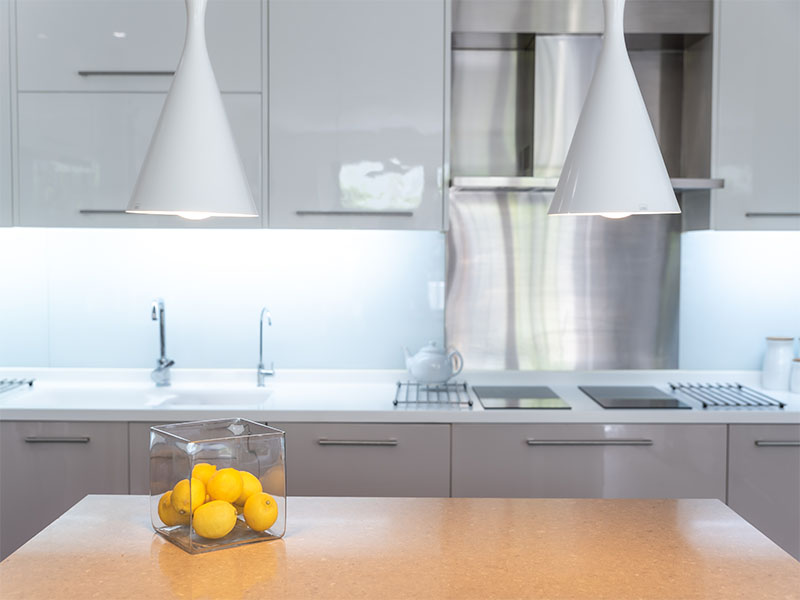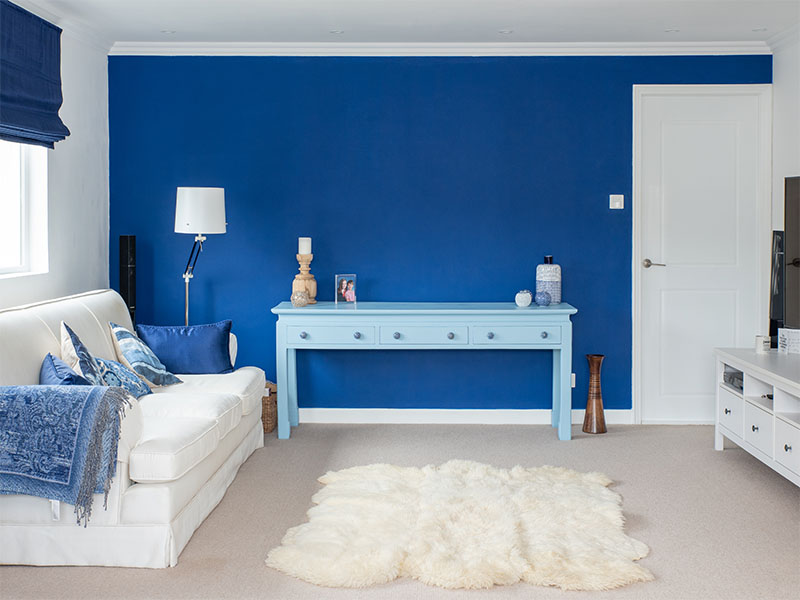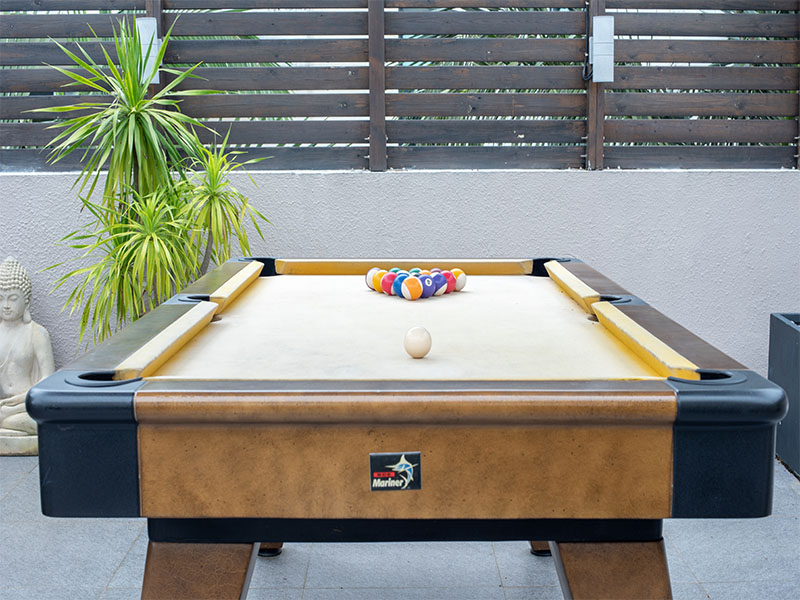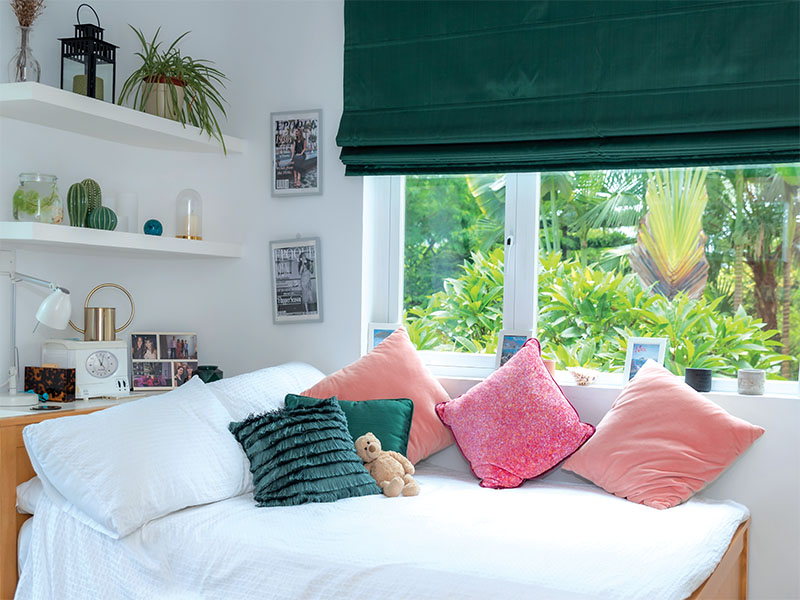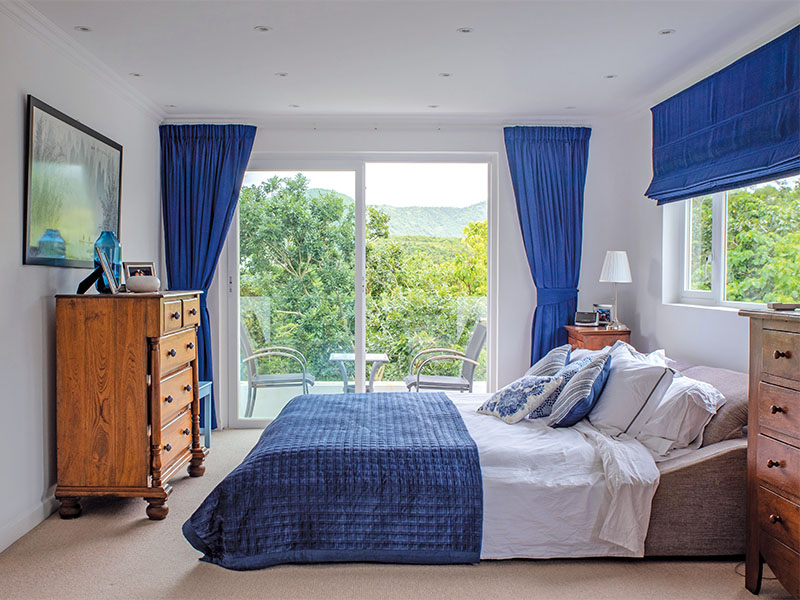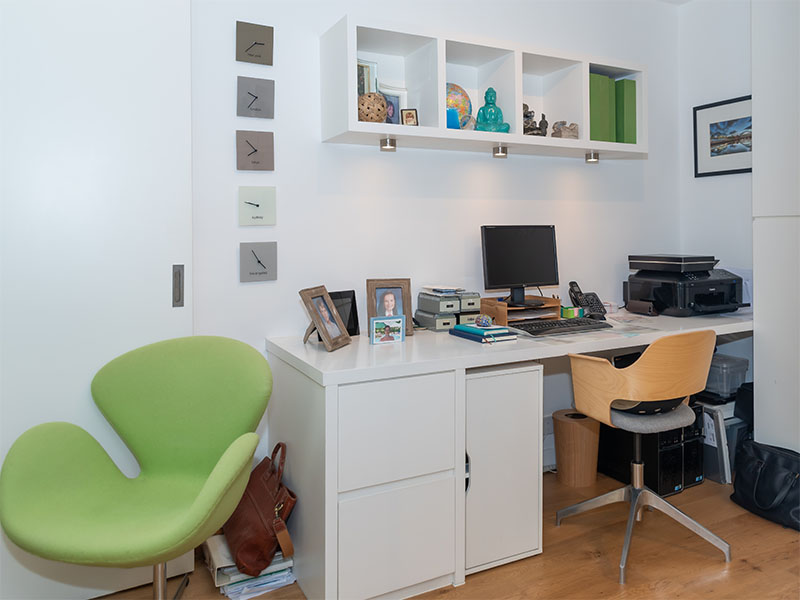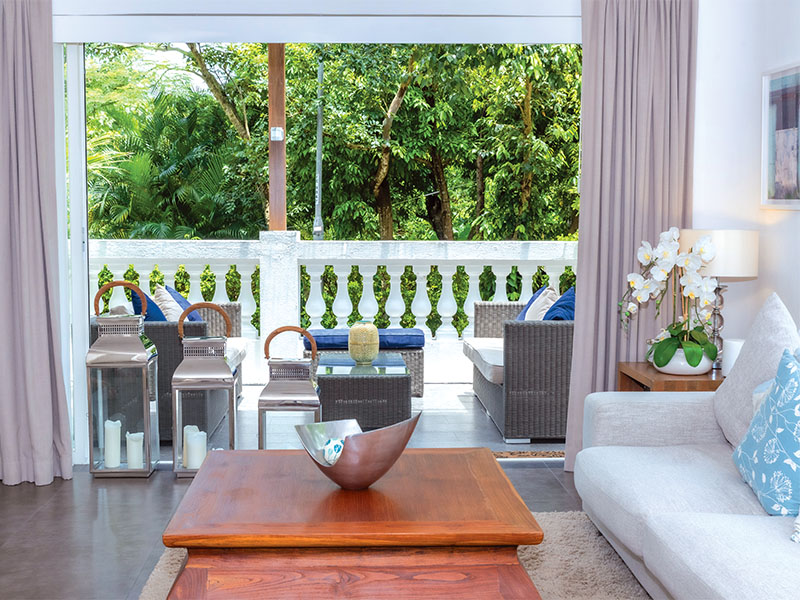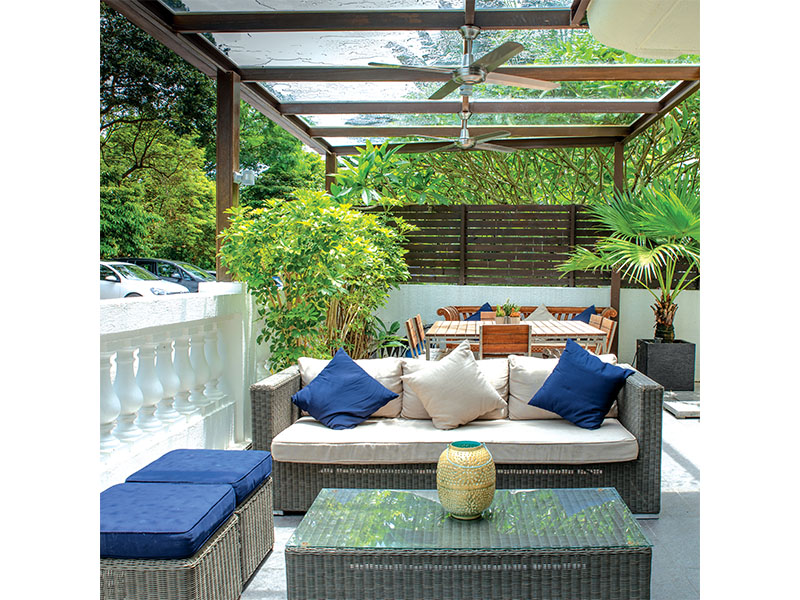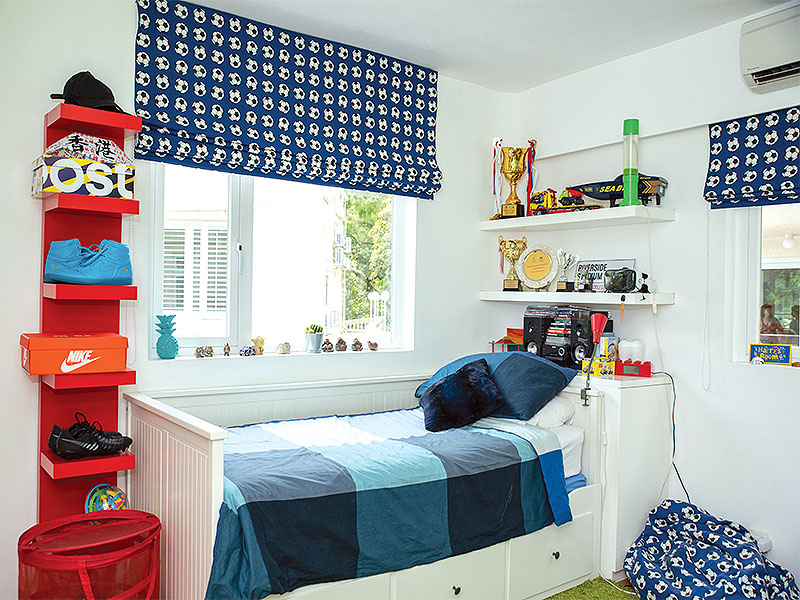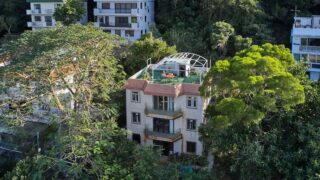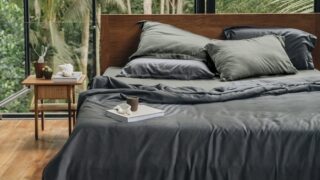We take a look inside a Hong Kong village house in Po Toi O that offers specular views, gorgeous entertaining spaces and a sense of community.
If you believe that buying into a nice neighbourhood is important, then this Hong Kong village house at Po Toi O might be your dream home. ALISON MADDREN and her family have lived in this village for over a decade and, according to Alison, the Po Toi O community is one of the property’s most attractive qualities. It sounds like a lovely place to live, but the inside-to-outside living area on the bottom floor gets our vote. It’s the type of lifestyle space many of us dream of in Hong Kong. Here, Alison shares her insights into what makes this renovated family home and the Po Toi O neighbourhood so special.
When did you move to Hong Kong and what brought you here?
We came in January 2006 – a company relocation brought us here. Before that, we’d been living in New Zealand for three and a half years.
What’s the size and style of the home?
This is a village house and it’s 2,100 square feet in size, which is the typical size for this kind of house in Hong Kong.
Is it your first place in Hong Kong? Where else have you lived?
We bought this house a couple of years into our time in Hong Kong; so, around 11 years ago. For the first two years, we were in Redhill Peninsula. Looking back, it feels like we were on a very typical “expat assignment” path before localising and buying in Po Toi O.
What do you love about the area?
Po Toi O is a hidden gem in Clearwater Bay, just before the Golf & Country Club. It’s still an original fishing village with seafood restaurants along the waterfront. The upper village has two small developments of 12 houses, with mostly expats living there.
What’s unusual about our village is the community. We get together with our neighbours at certain times of the year in the communal areas of either Seacrest Villas or Fairway Vista. We come together at Christmas, Halloween, or just for drinks and nibbles before everyone heads off for the summer. We also have a unique relationship with the local villagers and have meetings a few times a year just to discuss village issues. It’s a very harmonious relationship – we all care about the village. The villagers who own the seafood restaurants and live in the original village invite us to their festivals and come to our annual barbecue on the green. It’s a great community to live in.
What drew you to this property?
We have a spectacular view as you enter the village. There’s a feeling of being in a quiet, remote place, yet we’re only a 10-minute drive to the nearest MTR and shops. There’s a large green area opposite our house where the kids can play. Plus, there’s no through-traffic on this street so it’s quiet and safe for the kids to be outside.
Have you renovated or modified any parts of the house?
Yes, we completely renovated the whole house. We did this in three stages while we lived here, so we didn’t have to move out. We started on the ground floor and did one floor at a time over three years.
What’s your favourite room and why?
The living room with open-plan kitchen is the heart of the house; that’s my favourite place. We renovated and installed sliding doors so the whole space can be opened. This means the liveable area continues from the kitchen, through the lounge and out on to the terrace. It’s provided us with a beautiful indoor/outdoor living room.
Do you use the outdoor areas a lot? How do you cope with Hong Kong’s tough climate in these areas?
Yes, we use our two outdoor spaces – in fact, all the time! To cope with the heat, we installed outdoor fans on the canopy and sitting-out area. We use our roof particularly in the evening. In this covered outdoor space, we have a pool table so the teens have somewhere to chill with their friends too. Outdoor lighting and speakers make it a fun adult or teen place to be.
How would you describe your interior design style?
In this house, my style has been quite contemporary – or eclectic, even. There are some Asian influences in the interiors, but when it comes to the outdoor spaces, there’s probably more specifically a Balinese influence. Have you styled and designed the place yourself or used a professional? I did the styling, but the modifications made during the renovation were designed by our contractor Ray Lam (now of Fu May Decoration Works, previously Choi Design).
Name a couple of your favourite pieces of furniture?
An old Indonesian bench that we now keep outside, and my very comfortable bed!
Are there any parts of the house you’d like to change?
One of our neighbours raised their deck on the roof to include storage underneath and elevate their sitting area. They did this using reinforced glass as a barrier, which is a really cool thing to do. I would probably do that if I were to stay here longer.
What’s your advice to those who have just landed in Hong Kong and are designing their first Hong Kong home?
Don’t try and change everything at once – do it gradually. Your tastes will change, and when they do, take influence from something simple like a cushion or a picture, so use a variety of stores to buy things gradually.
Also, stick to a neutral colour palette and perhaps have one feature wall with soft furnishings to match – all of which can be easily changed as and when your taste evolves.
Alison’s tips for renovating in Hong Kong
#1 Get recommendations
Get word-of-mouth advice from others on which contractors and designers to use.
#2 Take control
Keep good control of your timeline by project-managing things yourself.
#3 Quality is key
Try not to be tempted to buy the cheaper materials available from mainland China, especially for plumbing and windows. Save money on items like tiles instead; it’s possible to source good quality tiles locally.
#4 Be neighbourly
Pre-warn neighbours of any drilling or noisy construction work that might go on.
#5 Take refuge
Get a membership at a club so you can spend time away from the house if you’re living through a renovation.
See more in our Homes section
Subscribe to Expat Living now so you never miss an issue!

